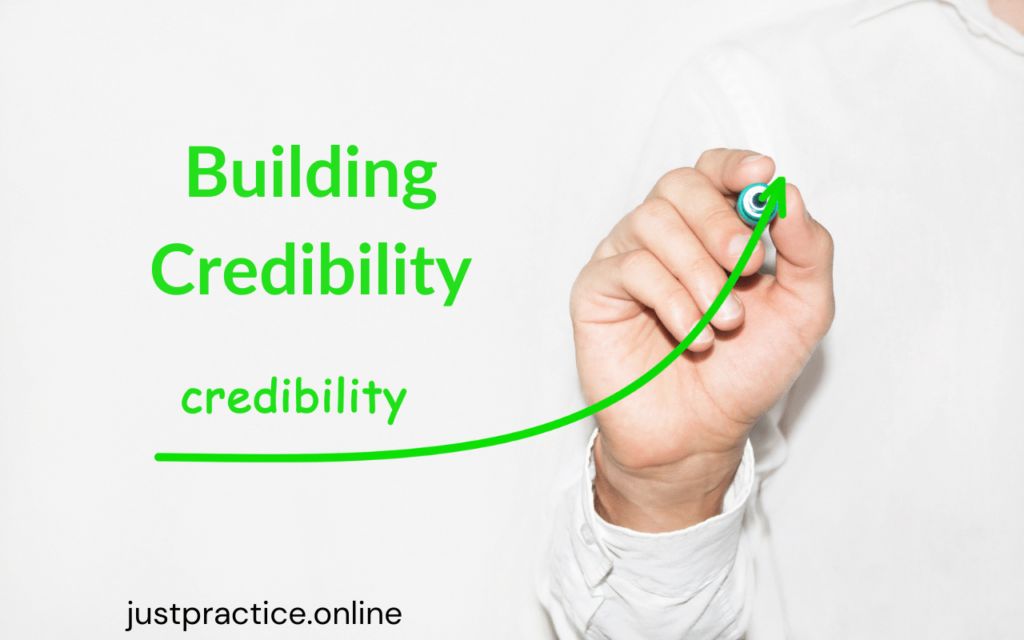
Introduction
In the business world, the first impression often happens through an email. Crafting an email to introduce yourself and your company is a critical step in establishing a positive connection with potential clients. Let’s delve into the essential elements and strategies for creating an impactful introduction email.
The Power of a Well-Crafted Introduction

1. Subject Line Matters: First Glimpse of Your Professionalism
The subject line is your first chance to grab attention. Instead of a generic “Introduction,” opt for something engaging like “Revolutionizing [Industry] Together: [Your Company] Introduction.”
2. Salutation: Personalizing the Connection
Address the recipient by their name. Use “Dear [Client’s Name]” for a formal touch or a more casual greeting if the relationship allows.
Introducing Yourself and Your Company

3. Brief Introduction: Who You Are
Open with a concise self-introduction. For instance, “I’m [Your Name], [Your Position] at [Your Company].” Be personable yet professional.
4. Company Overview: What Sets You Apart
Provide a snapshot of your company. Highlight key achievements, unique selling propositions, or any awards. For example, “We are a leading [Industry] company, recognized for [specific accomplishments].”
Showcasing Value Proposition

5. Understanding Client Needs: Research Pays Off
Demonstrate that you’ve done your homework. Reference something specific about the client’s business to show genuine interest and relevance.
6. Your Solution: Addressing Client Pain Points
Clearly articulate how your services or products can solve their challenges. Use concrete examples: “Our innovative [product/service] has helped companies like [Client A] increase [specific metric] by 30%.”
Building Credibility

7. Client Testimonials: Let Others Speak for You
Incorporate brief client testimonials or success stories. This adds credibility and builds trust. An example could be, “Our clients, including [Client B], have praised us for [specific praise].”
8. Case Studies: Proving Your Track Record
If applicable, attach a link or offer to send case studies showcasing successful collaborations. Real-world examples can speak volumes.
Call to Action

9. Next Steps: Encouraging Further Dialogue
End your email with a clear call to action. Whether it’s scheduling a call, requesting more information, or offering a free trial, guide them on the next steps.
Polishing Your Closing

10. Gratitude and Signature: Ending on a Positive Note
Express gratitude for their time and consideration. Sign off professionally with a simple “Best Regards” or “Sincerely,” followed by your full name, position, and contact information.
Conclusion
Crafting an introduction email is an art that combines professionalism with a personal touch. By carefully structuring your email, showcasing your company’s strengths, and focusing on the client’s needs, you set the stage for a meaningful business relationship. Remember, each email is an opportunity to make a lasting impression, so make it count.For more tips click here…
Your thoughtful analysis has really made me think differently about the topic.
I’m glad to hear that my analysis had an impact! It’s always great to know that my content can inspire new perspectives. Thank you for your kind words!